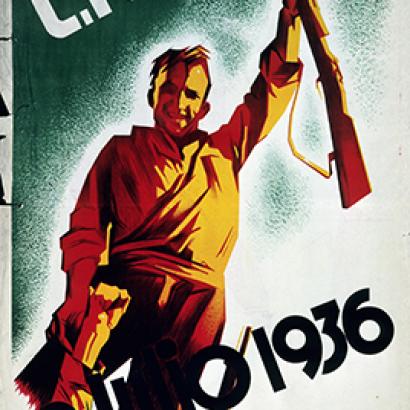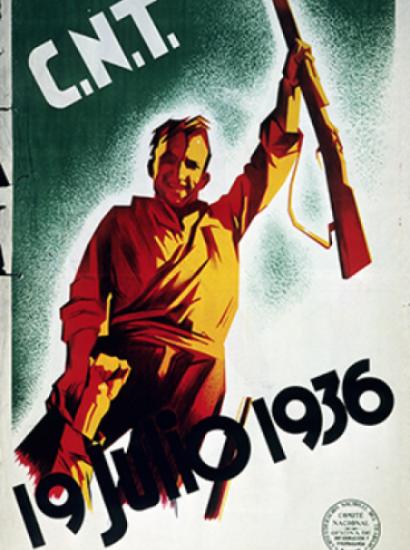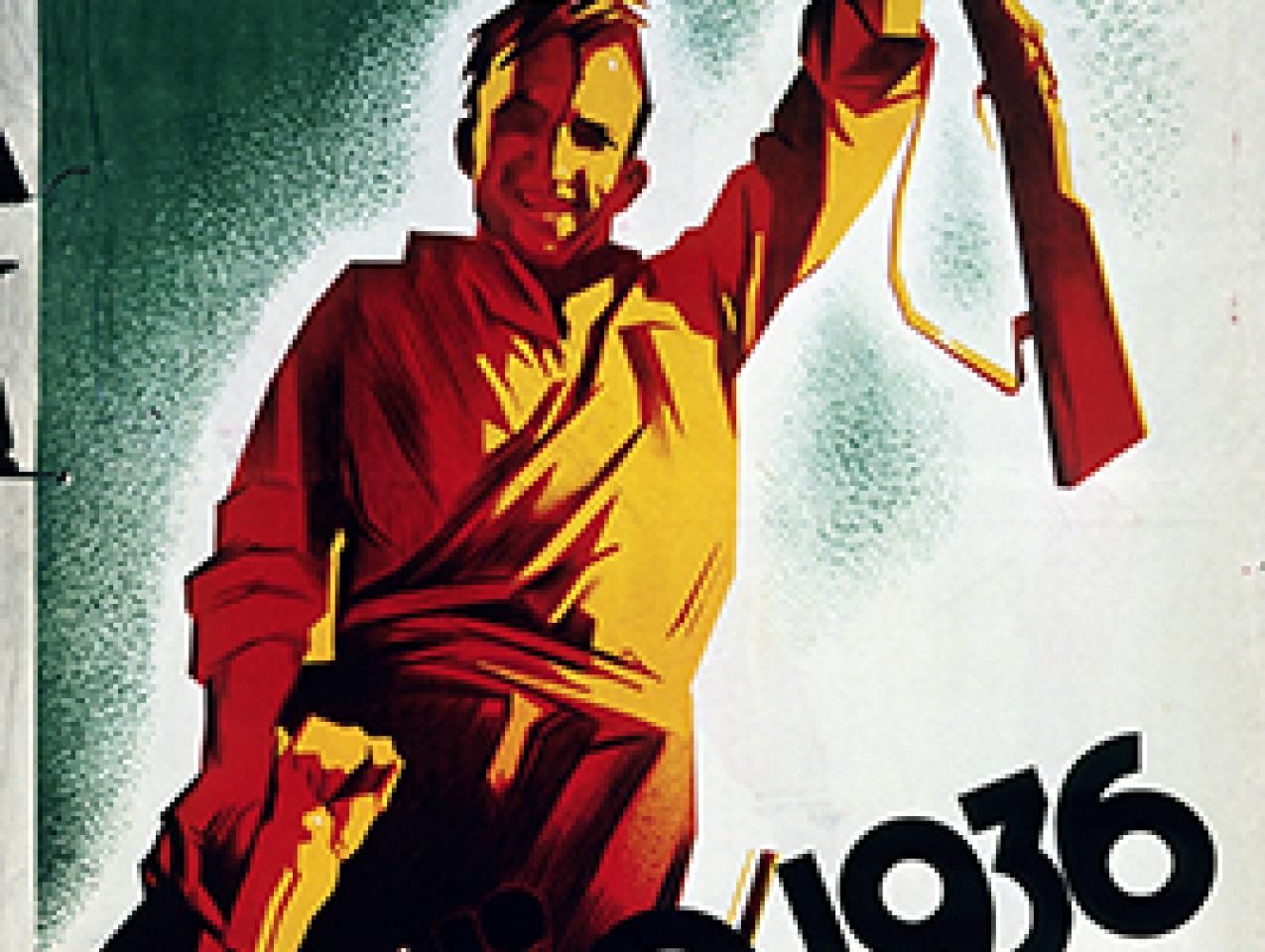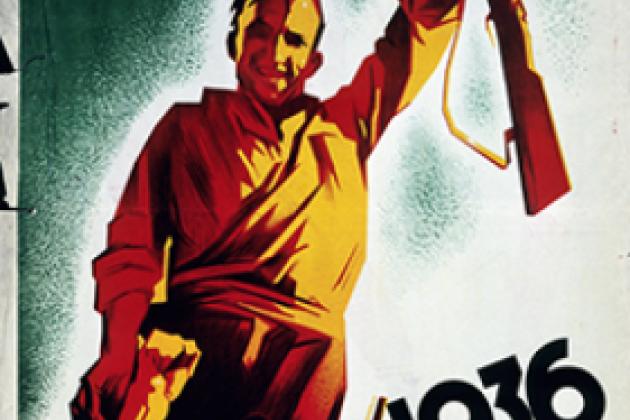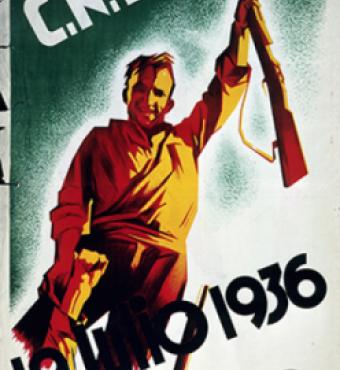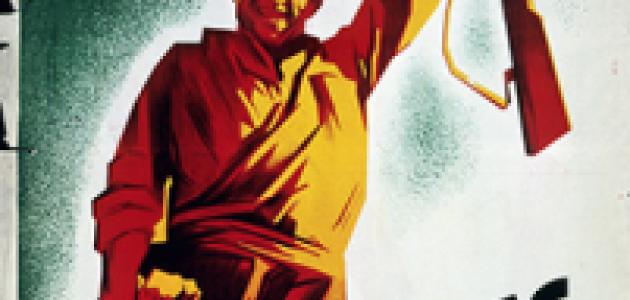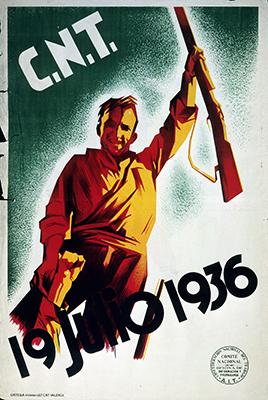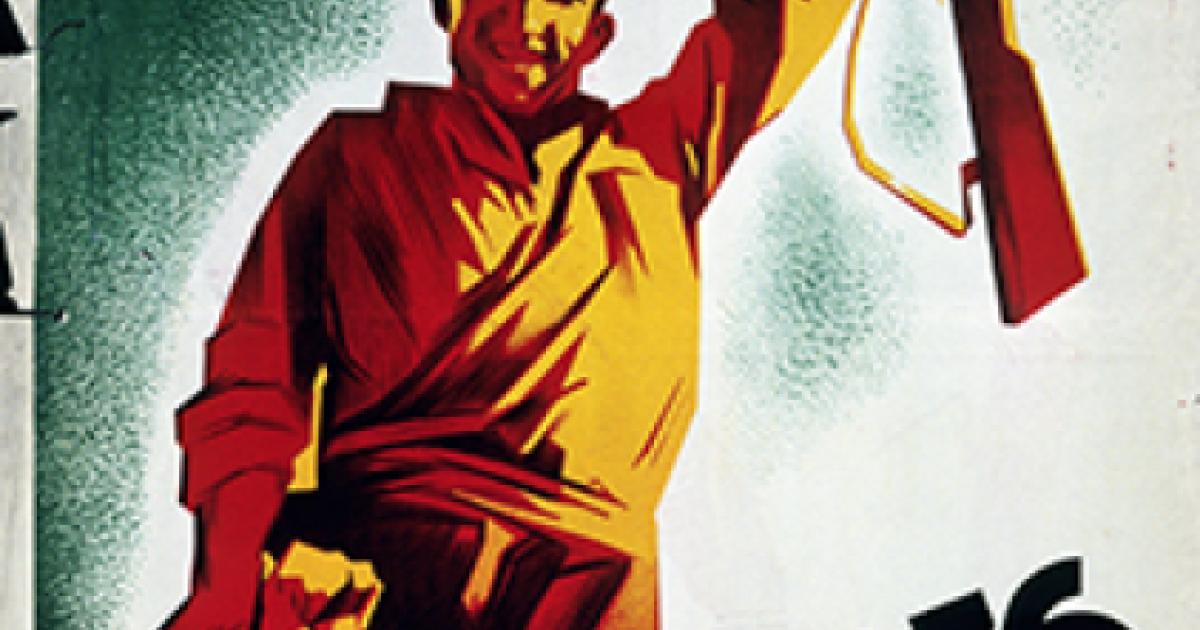- History
- Military
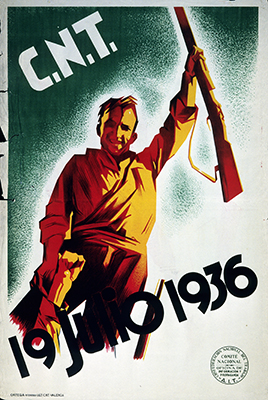
On August 10, 1932, General José Sanjurjo, commander of Spain’s army and former commander of its Civil Guard, declared rebellion against Prime Minister Manuel Azaña’s government. The General treated the Prime Minister as a Leftist enemy, and the Prime Minister treated the General as a monarchist enemy. Both were correct. Both were trying to use the government to harm their least favorite causes and people. The rebellion failed. The General was condemned to death, but only exiled. The level of mutual hate was yet insufficient for civil war. That changed.
Progressive Spaniards learned to regard the Church as the source of all evil, and the army/police as the barrier to all progress. Catholic Spaniards looked at socialists and communists as godless beasts, while the army regarded them as unpatriotic. Both sides used government power in the places they controlled to sponsor violence against their enemies or simply not to punish it. Individual acts of violence gave way to acts by mobs, which evolved into groups organized for war. In 1934, it was the communist/anarchist Left that tried a rebellion. By 1936, after four years of political see-sawing and violence, the tinder was dry, and the cycle of violence spun the sparks that ignited civil war.
On April 14, 1936, in the course of a parade, anarchists shot a lieutenant of the Civil Guard. Rightists rioted. Army Lieutenant José Castillo, a socialist who led the suppression of the riots, became a focus of the Right’s hate. On July 12, he was murdered. His friend and fellow Leftist, Police Captain Fernando Condés, accused a prominent Rightist politician of responsibility and set out to arrest him. Not finding him at home, he went after the country’s most prominent Rightist, José Calvo Sotelo. A member of the posse, who was also the Socialist Party president’s bodyguard, put a bullet in the back of Sotelo’s head. Neither this nor the events that followed had been part of anyone’s plan.
The murder of the leader of one political side of Spanish society with the connivance of a police agency connected to the other side energized the army. On July 17, 1936, exiled General Sanjurjo, General Emilio Mola in Seville, and General Francisco Franco, who commended Spanish troops in Morocco, declared insurrection and secured Spain’s south-central regions.
The civil war that followed, remarkable as it was because of massive intervention by the Soviet Union and progressives world-wide on one side, and of Italy and Germany on the other, was even more so because of the murderous, personal hate that motivated both sides. “Viva la muerte!” (Long live death!) are that war’s most typical and most memorable words.
The shooting stopped in 1939. By 1975, when Francisco Franco died, Spain was more peaceful and prosperous than it had been since the “golden” sixteenth century. But because the civil war had been so deeply rooted in the use of government power in the service of personal hate amalgamated with social ideals, the intervening eight decades have not extinguished the fire. The habit of using government to insult and injure one’s socio-political opponents endures.
General Sanjurjo, who died in 1936, had been buried in a place of honor in the cemetery called Valley of the Fallen, along with some 30,000 dead from both sides. But in 2017, Spain’s Socialist government saw fit to have his body exhumed and reburied in Morocco. It then punished the military units that had done the reburial with full military honors. In 2019, just ahead of a snap national election, the same government ordered that General Francisco Franco’s remains be removed from that cemetery. Franco’s family sued. The courts have not yet rendered a final decision. There is no doubt, however, that at least one side of Spanish society, or at least leading elements thereof, find it convenient to rekindle hate’s embers for their own convenience. But Spain’s sad experience, like that of many other countries, is that socio-political hate’s flames are impossible to control.







